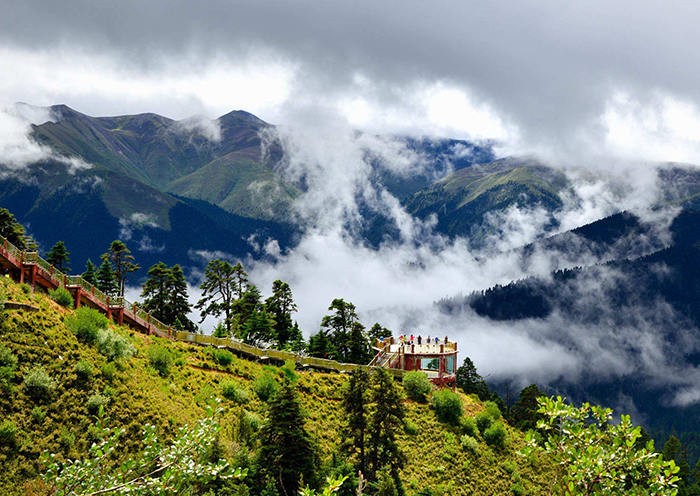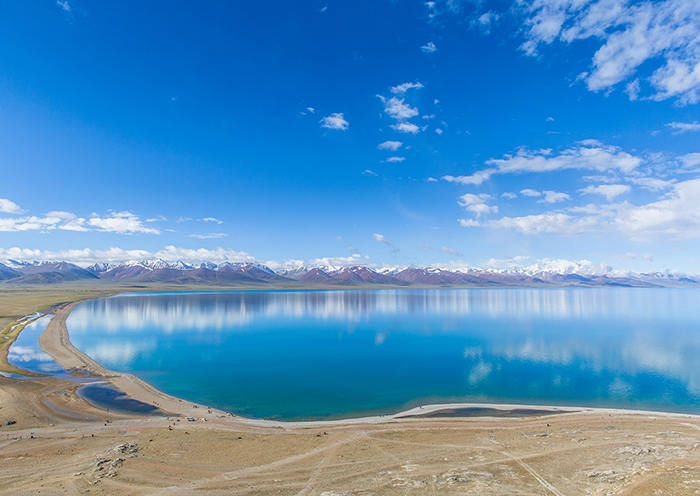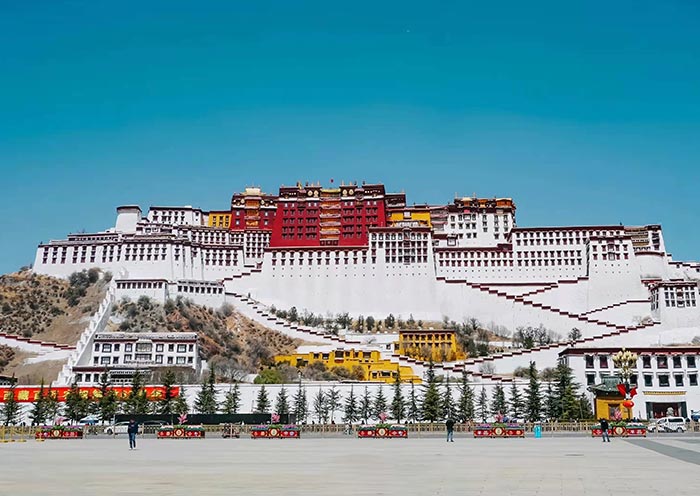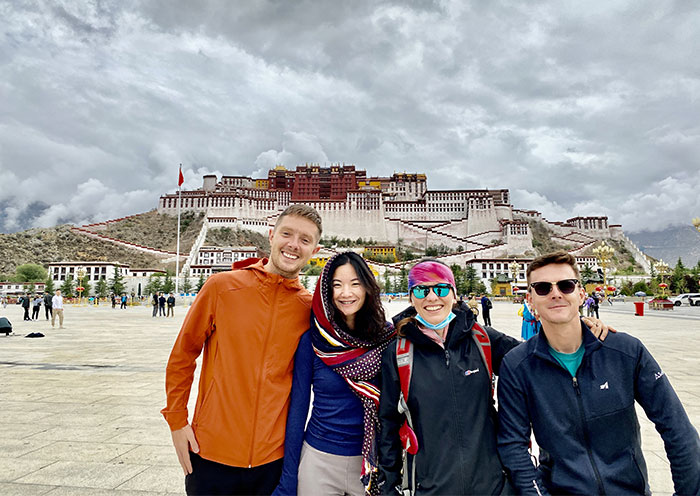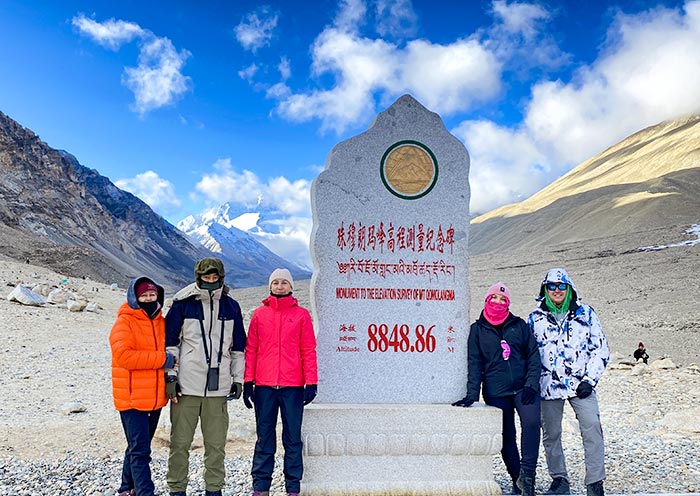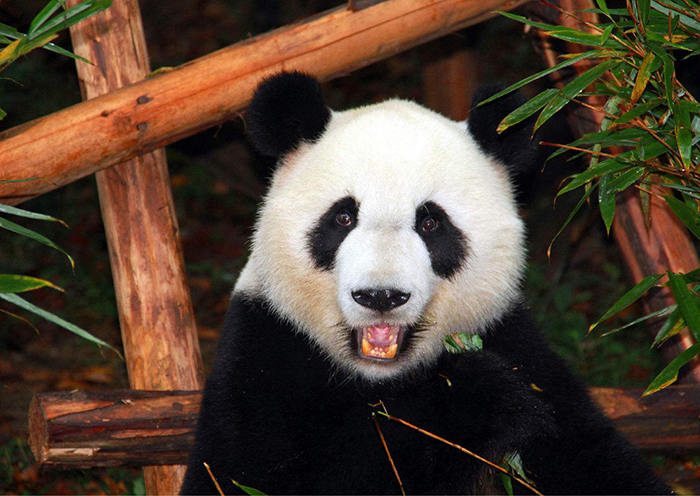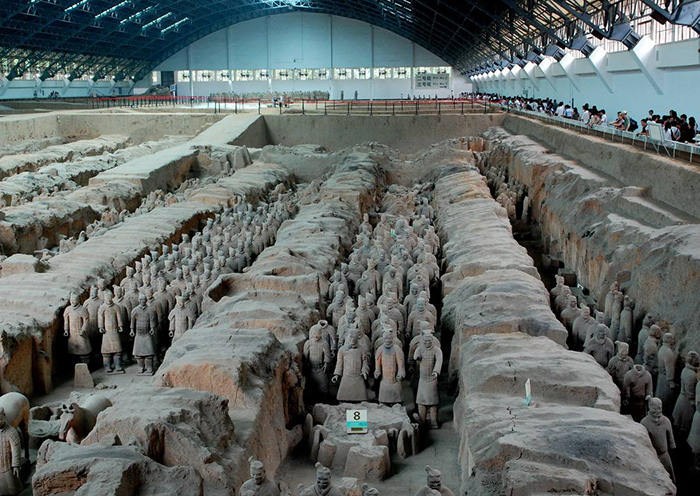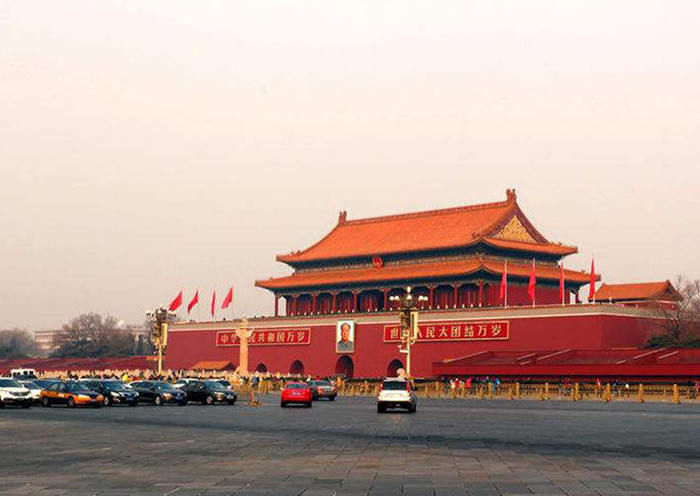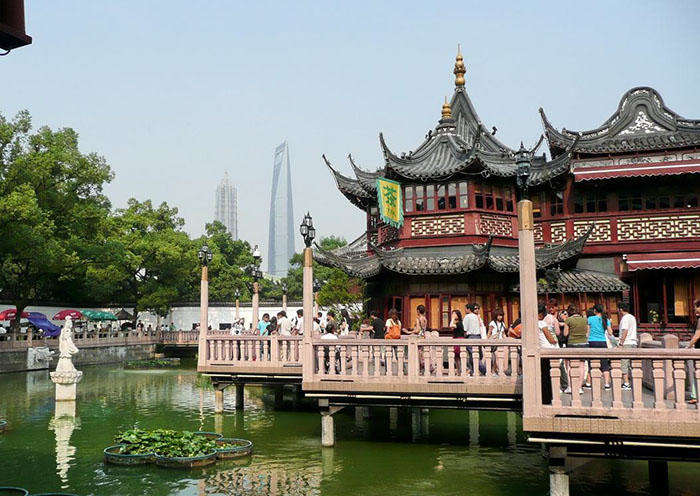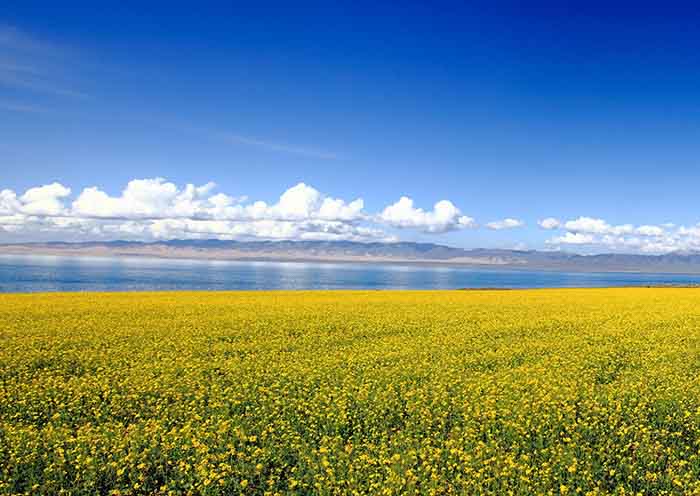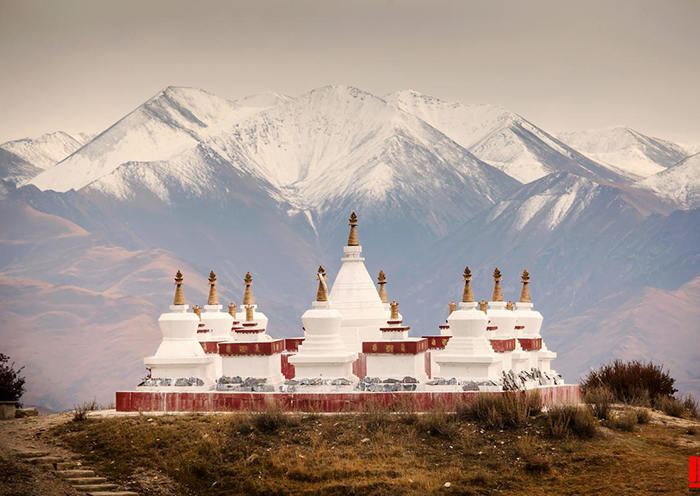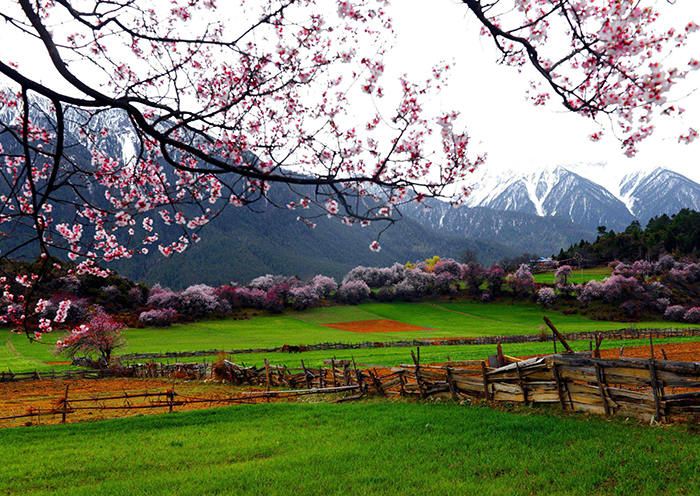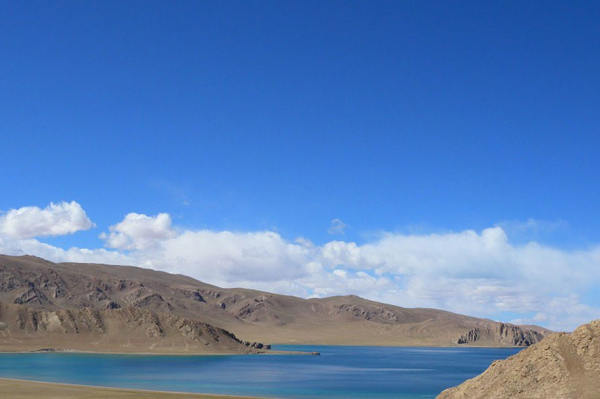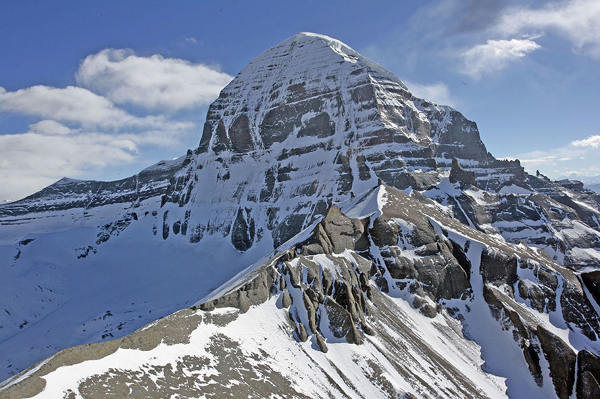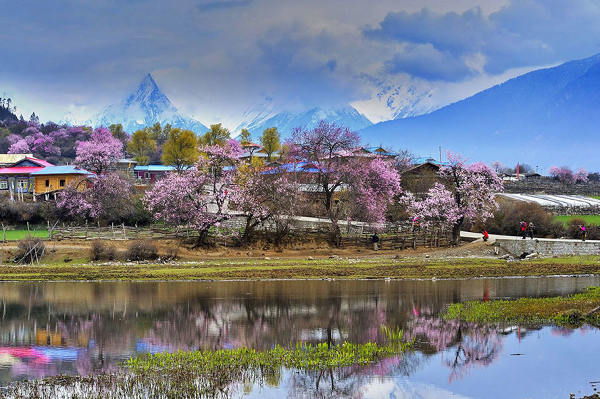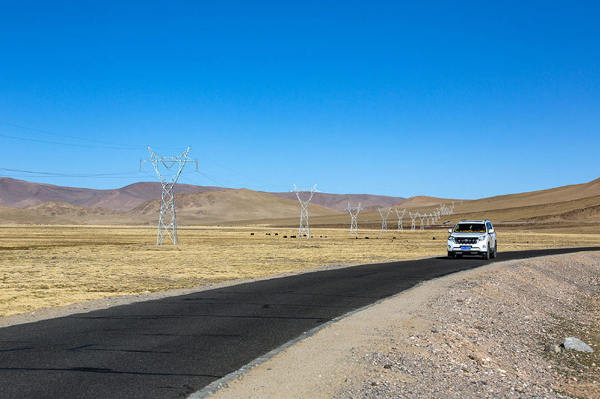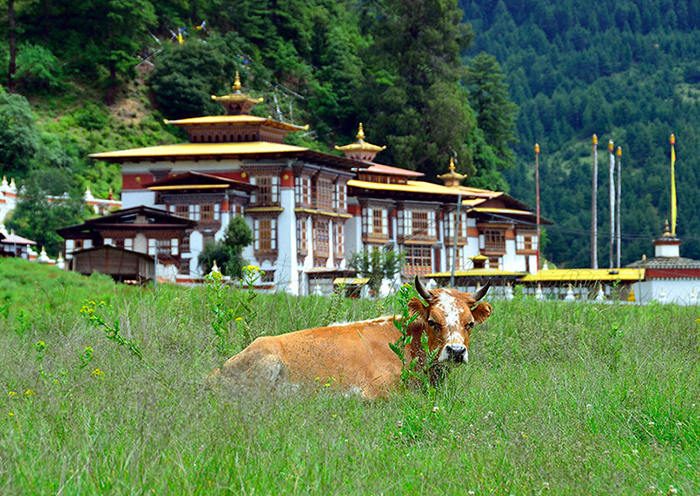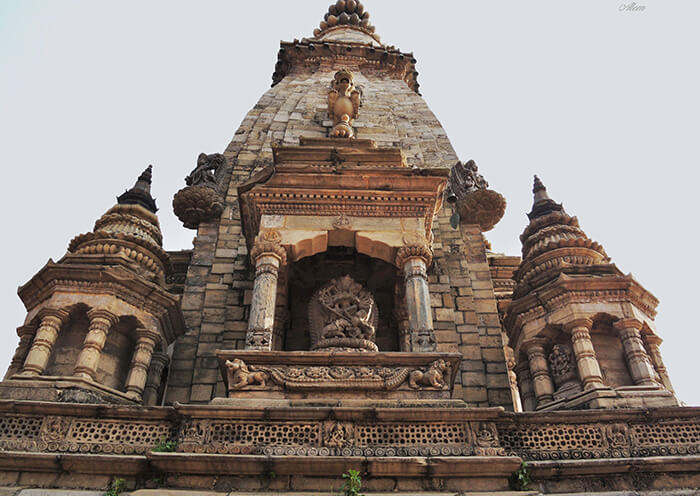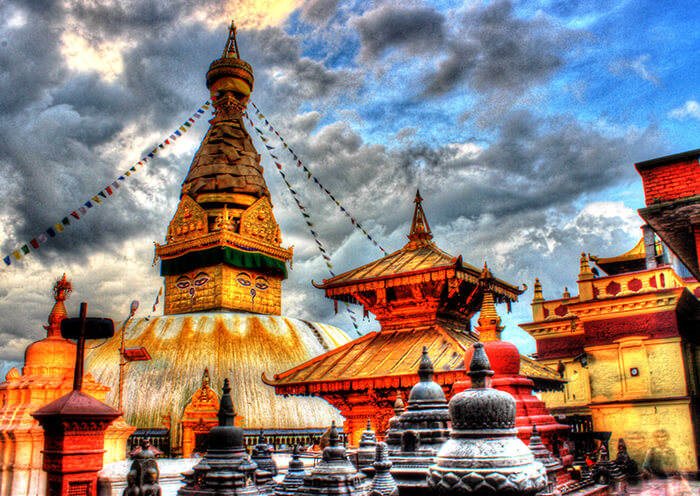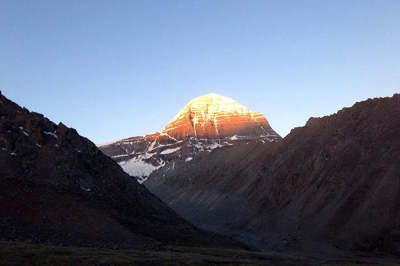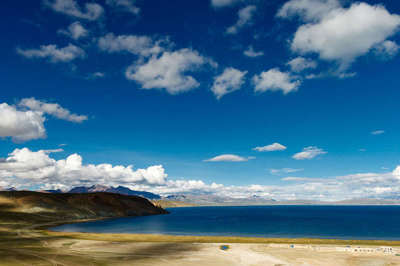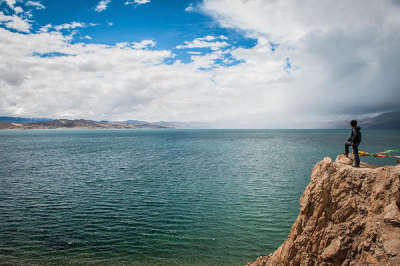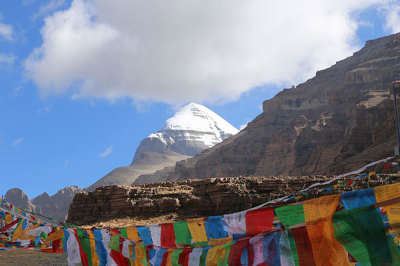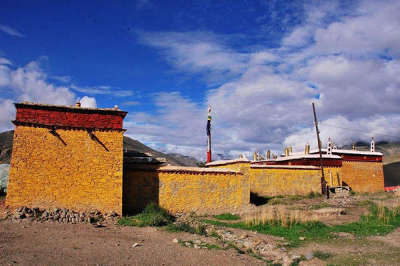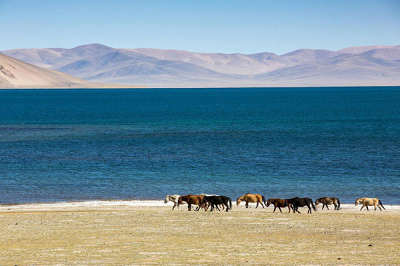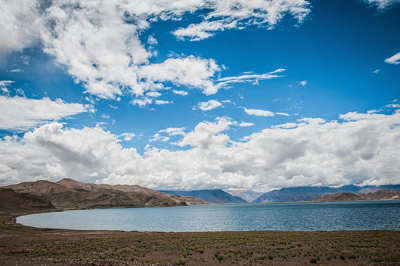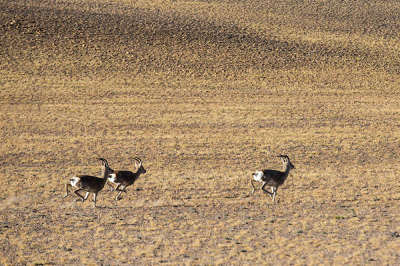Lhasa weather in June
Lhasa weather in June:
The average temperature in Lhasa in June is between 10 °C and 24 °C. It feels cool and comfortable during the day, and the night is slightly cool. At the end of June, Lhasa begins to enter the rainy season, but it rains mostly in the evening, which does not affect everyone traveling during the day. June-September is the best season to travel to Tibet. This time is also the most pleasant time to see Lhasa's natural scenery in a year. The whole city is in a green lush in stark contrast with the winter bleak. It is said that the oxygen concentration in Lhasa in summer can almost double that of winter.
Lhasa temperature in June over the years
| Date |
1 |
2 |
3 |
4 |
5 |
6 |
7 |
| Weather |
Rainy |
Rainy |
Rainy |
Cloudy |
Cloudy |
Sunny |
Rainy |
| Max(℃) |
17℃ |
22℃ |
22℃ |
18℃ |
23℃ |
22℃ |
23℃ |
| Min(℃) |
9℃ |
10℃ |
8℃ |
7℃ |
9℃ |
10℃ |
9℃ |
| Date |
8 |
9 |
10 |
11 |
12 |
13 |
14 |
| Weather |
Cloudy |
Overcast |
Cloudy |
Rainy |
Rainy |
Rainy |
Rainy |
| Max(℃) |
23℃ |
22℃ |
24℃ |
26℃ |
27℃ |
24℃ |
27℃ |
| Min(℃) |
19℃ |
12℃ |
12℃ |
12℃ |
12℃ |
14℃ |
14℃ |
| Date |
15 |
16 |
17 |
18 |
19 |
20 |
21 |
| Weather |
Rainy |
Rainy |
Rainy |
Rainy |
Cloudy |
Cloudy |
Cloudy |
| Max(℃) |
23℃ |
25℃ |
22℃ |
26℃ |
27℃ |
27℃ |
27℃ |
| Min(℃) |
13℃ |
11℃ |
12℃ |
13℃ |
13℃ |
13℃ |
13℃ |
| Date |
22 |
23 |
24 |
25 |
26 |
27 |
28 |
| Weather |
Cloudy |
Cloudy |
Rainy |
Cloudy |
Rainy |
Rainy |
Rainy |
| Max(℃) |
29℃ |
29℃ |
27℃ |
27℃ |
27℃ |
26℃ |
26℃ |
| Min(℃) |
14℃ |
15℃ |
15℃ |
15℃ |
15℃ |
14℃ |
14℃ |
| Date |
29 |
30 |
| Weather |
Rainy |
Rainy |
| Max(℃) |
24℃ |
26℃ |
| Min(℃) |
13℃ |
14℃ |
Dress code in June:
When traveling to Lhasa in June, light cotton or linen clothes such as long-sleeved shirts and pants are recommended. Although it feels hot at noon, to wear short sleeves. It can be chilly in the morning and evening. It is recommended to wear a jacket when going out in the morning. You can take it off when it gets hot.
Daytime average temperature: 23°C, light cotton or linen clothes such as sports T-shirts, sweat pants, jeans, long dress, etc. are recommended.
Nighttime average temperature: 10°C, light warm clothes such as light jackets, thin sweaters, light wind breakers, etc. are recommended.
Lhasa Travel Guide in June
There are Potala Palace, Jokhang Temple, Norbulingka, Salad Temple, Drepung Monastery, Bajiao Street, Tibetan style interpretation hall, Tibetan bars, Tibetan restaurants, etc. You can pray in front of the Potala Palace Square and feel the power of faith in front of the Jokhang Temple. Touching the warm warps with your finger tip, listening to the customers in the sweet tea house, lying lazily in an arm chair in the sunshine, taking a stroll leisurely along the Lhasa River, etc. In Lhasa, you can do far more than these. Overlooking Lhasa City from the Salad Temple will give you a different angle. An overlook from the Lalu wetland of the Potala Palace allows you to appreciate its magnificence even more. You can join in dancing with the Tibetans under the palace, and the roadside stalls of yogurt and potato chips make you feel like staying at a 3,700-meter "McDonald's". You can pick some gifts for family and friends from the holy city on Barkhor street. Or, you don’t have to do anything but just stand on the turn of the Barkhor Street and let the pilgrims and tourists pass by, which presents a most authentic Lhasa. Lhasa is a mysterious existence, which is described as a place "is being rendered and will continue to be rendered; has been interpreted but has not been completely interpreted yet." Whether it is the Potala Palace, the Jokhang Temple, or the Barkhor Street, Norbulingka, there is always a place that can directly grab you deep down your heart and become the home of your soul.
Notes on Lhasa Travel in June:
When you first travel to the Tibetan Plateau, most people will feel different levels of hypoxia such as chest tightness, difficulty breathing or other symptoms. But this does not mean that you cannot adapt to the high altitude environment. If you can adjust yourself properly, the above symptoms can generally be improved or disappear in 2~3 days.
If you are flying to Tbet, the symptoms of a general mountain sickness will occur in 12 to 14 hours. Therefore, when you first arrive in Tibet and don’t feel very well, please rest in bed instead of taking any intensive exercise. Otherwise, it takes more time to adapt to it.
People often use oxygen supplement to relieve chest discomfort. Oxygen inhalation temporarily relieves chest tightness, shortness of breath, difficulty breathing, etc., but the symptoms reappear after stopping oxygenation, which actually delays the time to adapt to the high altitude environment. If the symptoms of hypoxia are not very serious, oxygen inhalation is not recommended, which will help you to adapt to the altitude environment faster. A mild altitude sickness will get better without treatment and the oxygen inhalation may become an addiction.
After entering Tibet, you should eat more carbohydrates, digestible foods and drink plenty of water to keep your body hydrated. Please do not eat too much at night nor alcohol drinking and smoking. Foods which are rich in vitamins such as fruits and vegetables are recommended. Please try not to do too much and try to eat and rest regularly. During the first few days when you just arrived in Tibet, Please don't take frequent shower to prevent yourself from catching colds. Colds are often the main cause of acute high altitude pulmonary edema (which is not easy to heal under hypoxic conditions).
During your stay in Tibet, please don’t take too many activities and carry too much stuff. Please slow down with everything and walk slowly. You can gradually increase the amount of activity after a week.
The best time to travel to Lhasa in general
Generally, June-October is the best time to travel to Lhasa, Tibet. Lhasa is known as the "Sunlight City" with long sunshine hours. At this time, it is of a mild climate. Lhasa is actually neither too hot in summer nor too cold in winter. the highest temperature is in June, and the lowest is in January. There is less rainfall in Lhasa. And the dry and wet season is obvious. The rain is mainly concentrated in July, August and September, and it is mostly at night. Lhasa is warm and humid in summer, which makes it the best travel season for Tibet. This time is also the most pleasant time of Lhasa's natural scenery in a year. The whole city is in a green lush, which is in stark contrast with the winter bleak. It is said that the oxygen concentration in summer can almost double that of winter.
Lhasa is regarded as the first stop for most people to enter Tibet. The human landscape is mostly available for all seasons. The temperature difference between day and night is large. If the main purpose of your trip is to experience the local culture, October-March is recommended to avoid the peak season of Tibet tourism and to save expenses. You also do no need to worry about the limited Potala Palace tickets and air/train tickets. Less tourists make it easier for you to see an authentic Tibet.
